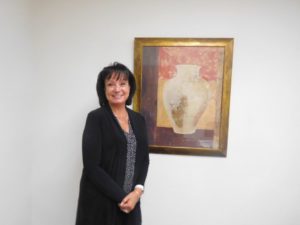The Center, located at 221 N. Marina St., offers free office space and supplies, computers, printers and fax services.
The Yavapai County Workforce Development Board (WDB) began developing a non-traditional concept into a common work opportunity. I spoke to many dislocated workers to flesh out the concept of offering business assistance and access to technology for local businesses. In 2010, that idea came to fruition when Yavapai County’s Business Assistance Center (BAC) opened in Prescott with a ribbon-cutting ceremony on April 30, 2010, with the support of the Governor’s Council on Workforce Policy, the Arizona Workforce Investment Act and the WDB.
Following the pandemic, the WDB has re-energized the BAC to assist small businesses and the growing populations of remote workers and remote education opportunities. According to a Gallup poll, 45% of the full-time workforce in the United States is working remotely. In Arizona, almost 65% of the state’s government workforce is still working remotely, compared to less than 10% pre-pandemic. The state saved $7 million in tax-payer dollars on office space rent during 2021.
The BAC is alive and well! The Center, located at 221 N. Marina St., offers free office space and supplies, computers, printers and fax services. Home-based businesses now have options for expanding their capacity, small businesses can use space for hiring events and interviews. Work space has state-of-the-art equipment, WiFi, workshop opportunities and access to a skilled talent pool with YAVAPAI@WORK and NACOG services. Hundreds of events have been held, benefitting small businesses all over Yavapai County. All in all, the BAC has assisted more than 250 agencies and small businesses year-to-date with meeting space, office machinery and supplies, training opportunities and hiring events, and thousands of direct job placements.
The business model and “best practices” of the BAC have been duplicated in many other communities throughout Northern Arizona. The BAC concept has been nationally recognized and has received innovation awards from the National Association of Development Organizations (NADO) and the Arizona Governor’s office. For more information, call 928-778-1422. QCBN
By Teri Drew
Serving, Solving, Sustaining
Teri Drew is the regional director for Northern Arizona Council of Governments Economic/Workforce Development (NACOG-EWD).






